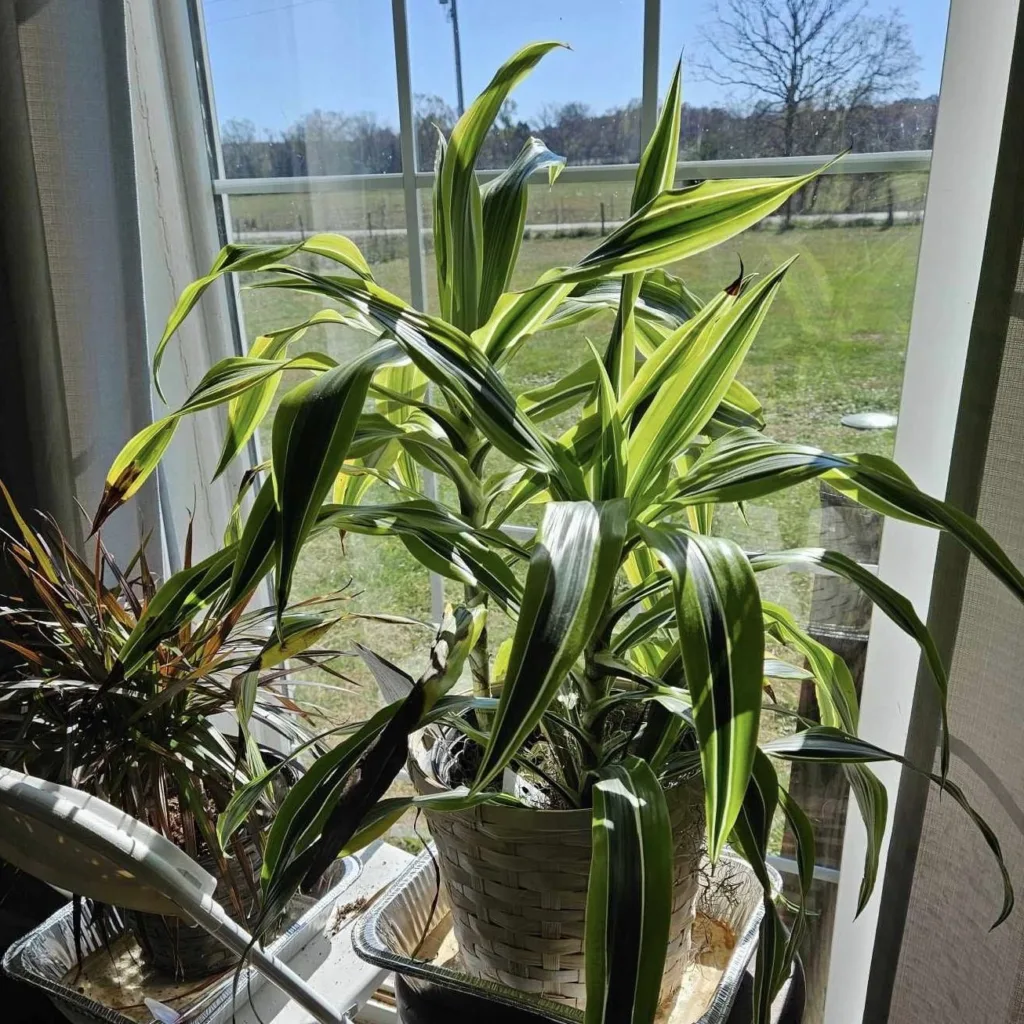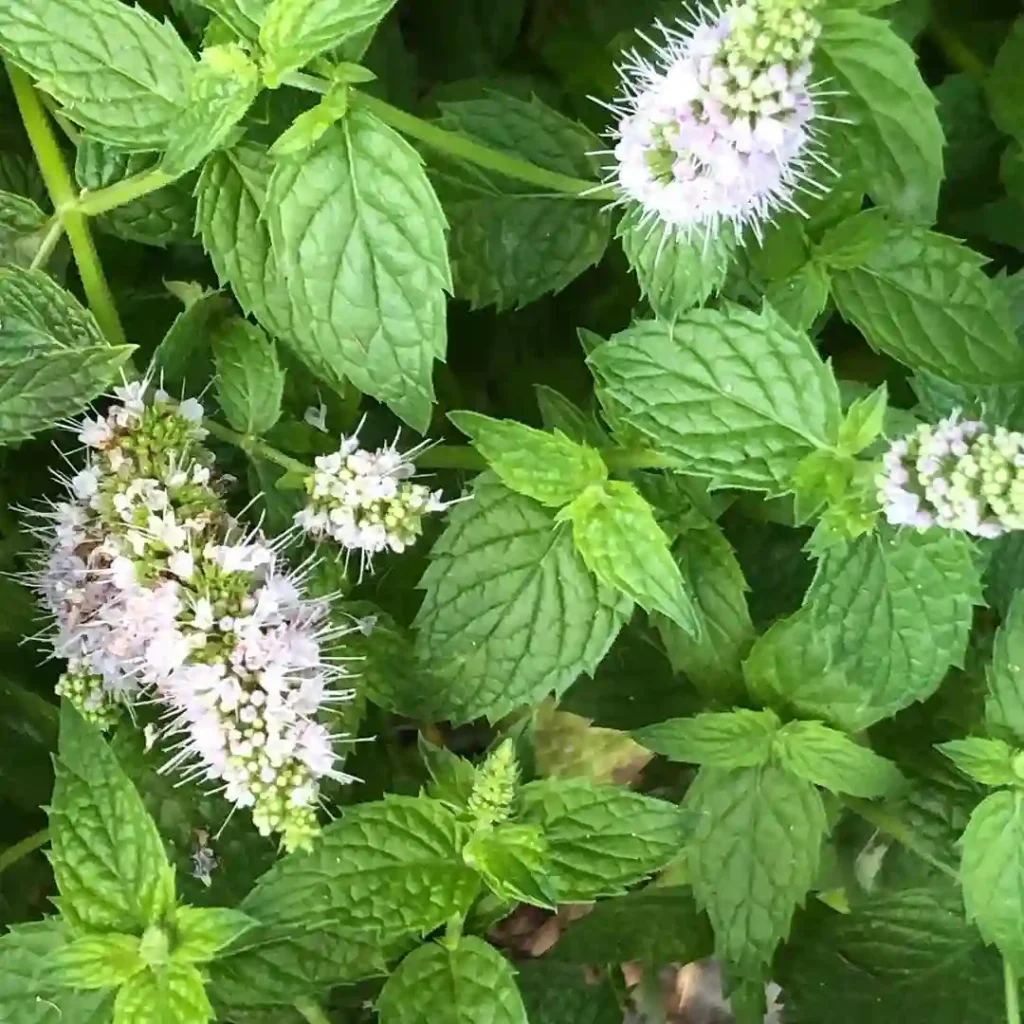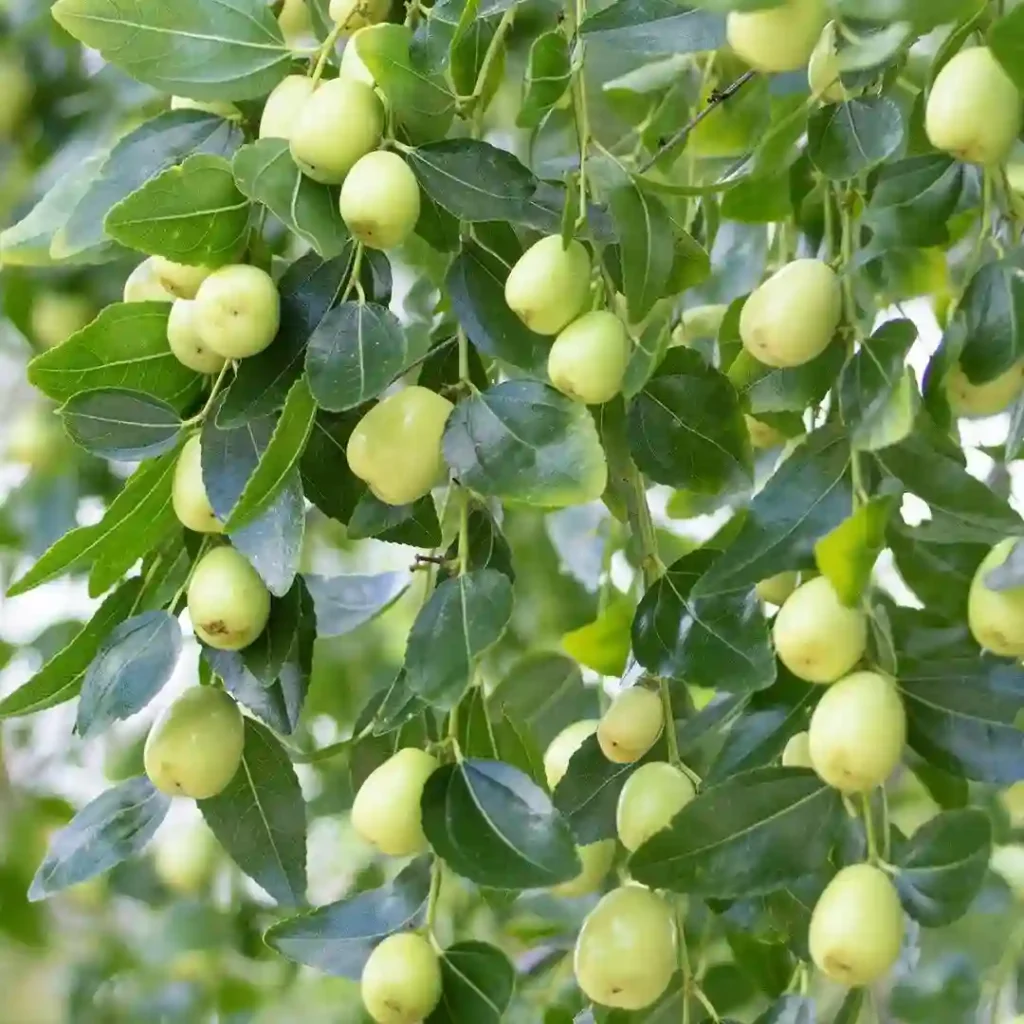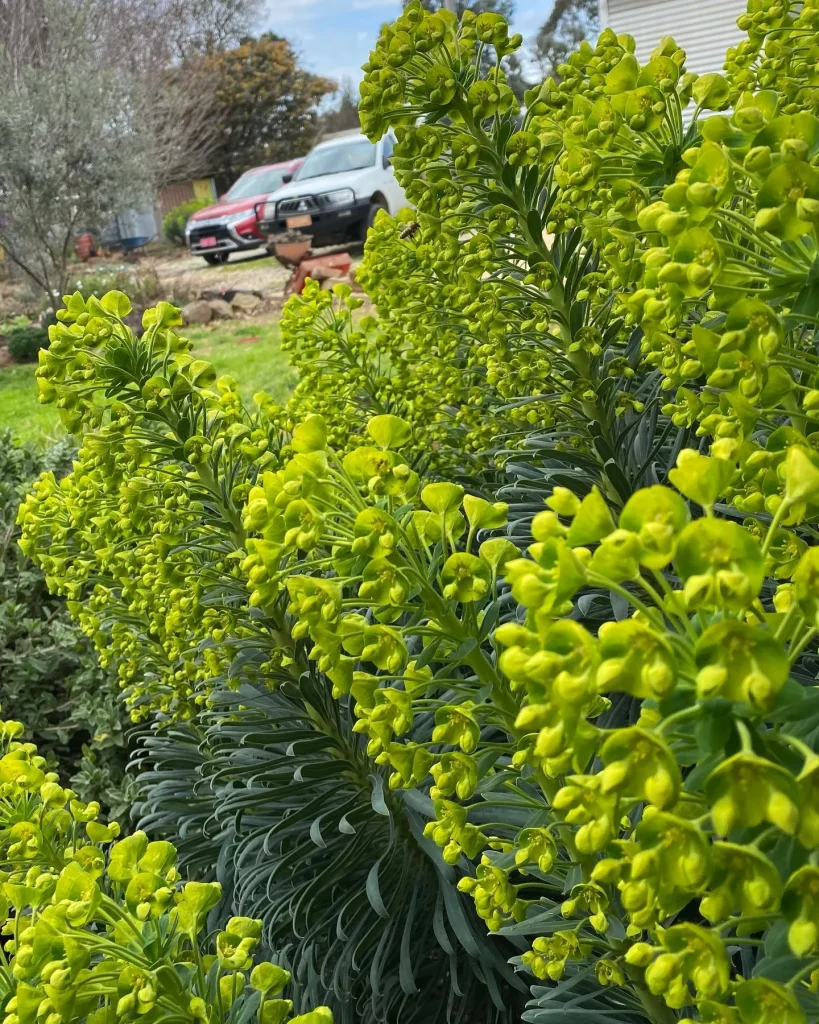
How to Prune Amelanchier Canadensis?
Pruning Amelanchier Canadensis, also known as the Serviceberry or Juneberry, is crucial for maintaining its health and appearance. I usually recommend doing this in late winter or early spring before new growth starts. Begin by removing any dead, damaged, or diseased branches. Thin out the center of the tree to improve air circulation and light penetration. This will help prevent fungal diseases and promote a healthier plant. Be careful not to remove more than a third of the branches at once to avoid stressing the tree.
27 Species in Genus Amelanchier – Serviceberry
How Fast Does Amelanchier Canadensis Grow?
In my experience, Amelanchier Canadensis is considered a relatively fast-growing tree. Under optimal conditions, it can grow up to 12 to 24 inches per year. This growth rate makes it a popular choice for those looking to add a quickly maturing tree to their landscape. The growth rate can be influenced by factors like soil quality, water availability, and overall care. Providing it with the right conditions can help ensure it reaches its full potential.
How Long Does Amelanchier Canadensis Live?
Amelanchier Canadensis has a respectable lifespan, often living between 20 to 30 years. Some trees may live even longer if they are well cared for and situated in favorable conditions. Regular maintenance, including proper watering, fertilization, and pruning, can extend the tree’s life and enhance its overall health.
How to Grow Amelanchier Canadensis?
Growing Amelanchier Canadensis is quite straightforward. It thrives in well-drained, acidic to neutral soil and prefers full sun to partial shade. To plant, dig a hole twice as wide as the root ball and just as deep. Place the tree in the hole, backfill with soil, and water thoroughly. Mulching around the base can help retain moisture and keep weeds at bay. Regular watering during the first few years helps establish a strong root system.
Is Amelanchier Canadensis Deer Resistant?
One of the benefits of Amelanchier Canadensis is its relative resistance to deer. While no plant is completely deer-proof, I’ve found that deer tend to avoid this tree due to its somewhat bitter taste. This resistance makes it a great choice for landscapes in areas where deer are common.
Amelanchier Canadensis vs Arborea
When comparing Amelanchier Canadensis to Amelanchier Arborea, there are a few key differences. Amelanchier Arborea, or the Downy Serviceberry, tends to be smaller, reaching around 20 feet in height compared to the 25 to 30 feet of Amelanchier Canadensis. Arborea also has a more compact form, making it suitable for smaller gardens. Both species have similar flowering patterns and edible berries, but Canadensis offers a bit more height and a broader spread.
Amelanchier Canadensis vs Lamarckii
Amelanchier Lamarckii, also known as the Snowy Mespilus, differs from Amelanchier Canadensis in a few ways. Lamarckii typically grows to about 15 to 20 feet and has a more upright form compared to the broader, more spreading Canadensis. Lamarckii’s flowers are also slightly different, with a more intense white color. Both species produce delicious berries, but Canadensis is often preferred for its larger size and better suitability for naturalized areas.
Amelanchier Canadensis vs Laevis
Amelanchier Laevis, or the Smooth Serviceberry, is another alternative to consider. It generally grows to a similar height as Canadensis but has smoother leaves and a more refined appearance. Laevis is known for its smooth bark and slightly more delicate flowers. While both varieties are excellent choices for ornamental and fruit-bearing purposes, Laevis might be preferred for a more polished look in formal landscapes.
How to Care for Amelanchier Canadensis?
Caring for Amelanchier Canadensis involves a few essential tasks. Regular watering is crucial, especially during dry periods. I usually water deeply once a week rather than frequent shallow watering. Fertilize in early spring with a balanced fertilizer to support healthy growth and flowering. Keep an eye out for common pests and diseases, such as aphids and powdery mildew, and address any issues promptly.
How to Propagate Amelanchier Canadensis?
Propagation of Amelanchier Canadensis can be done through seeds, cuttings, or grafting. I’ve had success with seeds, which should be stratified (cold-treated) before planting to improve germination. For cuttings, take semi-hardwood cuttings in late summer and root them in a well-draining medium. Grafting is another option, though it’s more advanced and typically used to propagate specific varieties.
What to Plant With Amelanchier Canadensis?
Amelanchier Canadensis pairs well with various plants. Consider companion plants that complement its aesthetic, such as hostas, astilbes, or ferns. In a more naturalized setting, mixing it with native grasses and wildflowers can create a beautiful, biodiverse garden. The tree also looks great alongside other spring bloomers, like tulips and daffodils.
Can You Grow Amelanchier Canadensis Indoors?
Growing Amelanchier Canadensis indoors is not recommended. This tree requires ample space and sunlight to thrive, conditions that are challenging to replicate indoors. It’s best suited for outdoor gardens where it can reach its full potential and contribute to the landscape.
Is Amelanchier Canadensis Toxic?
Amelanchier Canadensis is non-toxic to humans and pets. Its berries are edible and can be used in jams, jellies, and desserts. However, it’s always a good practice to ensure that any plant you grow is safe for all members of your household.
Benefits of Amelanchier Canadensis
The benefits of Amelanchier Canadensis are numerous. It offers beautiful white flowers in early spring, edible berries, and vibrant fall foliage. Its adaptability to various soil conditions and relative resistance to pests and diseases make it a low-maintenance addition to any garden.
Common Problems with Amelanchier Canadensis
Common problems with Amelanchier Canadensis include leaf spot diseases and insect infestations. Ensuring good air circulation and proper watering can help prevent these issues. Regular monitoring and prompt action can keep your tree healthy and thriving.
Overall, Amelanchier Canadensis is a versatile and attractive tree that can enhance any landscape with its beauty and benefits. Whether you’re planting it for its ornamental qualities or its delicious berries, proper care and maintenance will help ensure it remains a standout feature in your garden.
If i die, water my plants!



